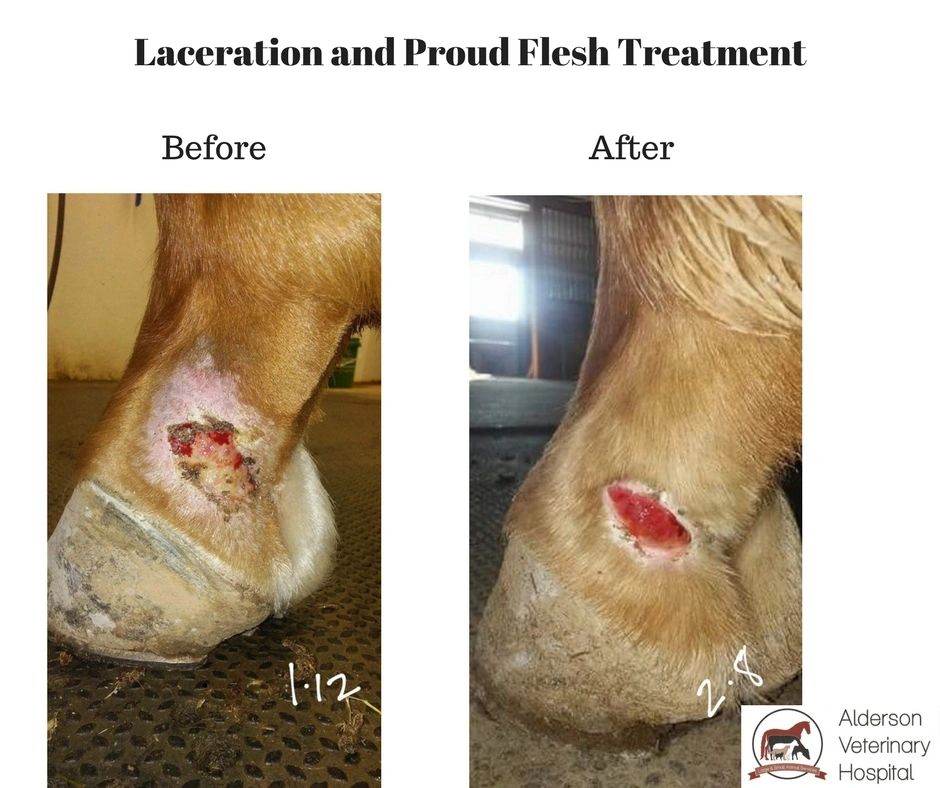Equine Therapy for Injury Recovery: How Equines Assist Heal Emotional Wounds
Equine Therapy for Injury Recovery: How Equines Assist Heal Emotional Wounds
Blog Article
Evaluating the Efficiency of Laser Treatment in Equine Therapy for Injury Rehabilitation
The examination of laser therapy's performance in equine injury rehab pivots on numerous elements, consisting of recovery time, pain reduction, and cells regeneration. Scientific researches suggest notable improvements in problems like tendonitis and osteo arthritis, credited to improved mobile feature and elevated ATP production. Veterinarians regularly observe superior results with laser treatment contrasted to conventional methods, placing it as a vital component in equine care. The need for continual surveillance and customized treatment plans can not be overstated. What specific scientific proof sustains these cases, and just how do vets apply these protocols in practice?
Understanding Laser Treatment
Laser treatment has actually ended up being a critical tool in vet medicine, particularly in the therapy of equine problems. Understood for its non-invasive nature and effectiveness, laser therapy involves the application of details wavelengths of light to boost cells repair work and reduce inflammation. This restorative modality is increasingly preferred for its capability to accelerate the recovery procedure in horses experiencing a selection of bone and joint injuries and chronic problems.
The main mechanism behind laser therapy is its capacity to improve mobile functions. When laser light passes through the skin, it is absorbed by mitochondria, the giant of cells, which results in raised production of adenosine triphosphate (ATP) This biochemical energy boost promotes mobile fixing and regeneration. Furthermore, laser therapy promotes vasodilation, improving blood circulation and oxygen shipment to damaged tissues, therefore expediting healing.
In equine medication, laser treatment is especially helpful for problems such as tendonitis, osteoarthritis, and injury healing. The technique is lauded for its pain-relieving buildings, enabling equines to reclaim mobility and feature much more rapidly. Veterinarians also value its very little negative effects compared to other treatment methods, making it a dependable and secure alternative for equine care.

Exactly How Laser Therapy Functions

Upon absorption, these photons cause a series of biochemical modifications, boosting mitochondrial function and resulting in boosted adenosine triphosphate (ATP) manufacturing. This surge in ATP increases mobile metabolism, promoting cells repair work and regrowth. Additionally, laser therapy modulates inflammatory feedbacks by influencing cytokine degrees and lowering oxidative anxiety, therefore alleviating pain and swelling.
Another substantial element of laser treatment is its function in enhancing microcirculation. The treatment advertises vasodilation, enhancing blood circulation and oxygen delivery to broken tissues (Equine Therapy). This facilitates the removal of cellular debris and supports the spreading of fibroblasts and collagen synthesis, crucial for injury recovery
Medical Proof
The efficacy of laser treatment in equine treatment has actually been corroborated with different scientific researches, showcasing its healing possible across an array of problems. A research study conducted by Turner et al. (2012) demonstrated that equines treated with low-level laser treatment (LLLT) for ligament injuries displayed accelerated healing compared to those receiving standard therapies.
Likewise, research study by Johnson and colleagues (2015) focused on equine muscle mass injuries, exposing that laser therapy significantly accelerated muscle fiber regeneration and minimized muscular tissue rigidity. Scientific assessments have actually shown that laser treatment can minimize persistent conditions such as osteoarthritis.
Veterinarian Insights

Vets additionally appreciate the flexibility of laser therapy. She aims out that laser therapy can be tailored to the particular demands of each horse, ensuring optimum end results.
Additionally, vets value the capacity to incorporate laser therapy with various Check Out Your URL other treatment modalities. This multimodal technique can improve general treatment efficiency, supplying a detailed option for equine rehabilitation. Such recommendations from experienced specialists highlight the expanding approval and application of laser treatment in equine medication.
Practical Considerations
A crucial element of implementing laser treatment in equine treatment includes comprehending the practical considerations that ensure its efficacy and safety. It is important to pick the appropriate laser device, as different kinds differ in wavelength, power, and infiltration depth. Veterinarians must be well-versed in these parameters to customize treatment protocols properly to each injury type
In addition, the regularity and period of laser therapy sessions require cautious planning to make the most of therapeutic advantages while reducing any type of potential adverse impacts. Constant monitoring of the horse's feedback to treatment can lead needed modifications in the treatment regimen. Developing a secure and controlled setting throughout therapies is additionally vital to stop unexpected direct exposure to laser discharges, which might harm both the steed and the handler.
Training and qualification of employees administering laser therapy are vital to make sure correct method and to promote safety and security standards. In addition, preserving accurate documents of each session, consisting of laser setups and observed results, is vital for evaluating the overall performance of the treatment and for making data-driven choices.
Verdict
Laser therapy has actually become an efficient modality in equine injury rehabilitation, providing significant benefits in recovery time, pain relief, and tissue recovery. Clinical research studies emphasize significant improvements in More about the author conditions such as tendonitis and osteoarthritis, connected to improved cellular feature and enhanced ATP manufacturing. Veterinarian observations affirm these searchings for, highlighting premium end results compared to typical therapies. For optimal results, constant monitoring and personalized treatment methods continue to be crucial in leveraging the full capacity of laser treatment in equine care.
Report this page